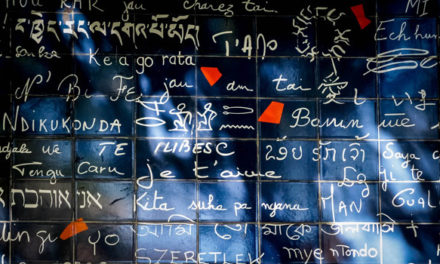

Maurizio Sala
Automotive vertical consultant, former Opel, Saab and Volvo dealer. Son of Enrico, Commercial Director at Alfa Romeo from 1955 to 1980, and grandson of Giuseppe Luraghi.


Yeah, back then none of us kids knew that those little cars that we used to play with for hours and hours in the yard and that we destroyed by making them run on improbable tracks traced in the gravel of the public gardens would become coveted and unobtainable collector's items! Don't worry! There is a craftsman from Milan who has been resisting since 1957 and still produces those splendid models: TOGI, founded by a former Alfa employee, Mr. Lorenzini. In the '60s my grandfather Giuseppe Luraghi always had some in his office, and once he gave a whole series of them to President Saragat on a visit to the Arese factory, then the pride of the whole country and now a sterile shopping center open 7 days a week to satisfy the compulsion to buy some frustrated.




Italian companies immediately took the first place in world production for quality, contending for supremacy with the French, even for that sense of beauty, that artisan touch - in the best sense of the word - which is also present in the great Italian industries.
Today there are companies that produce models that are perfect in every detail, such as NeoScale, Kess Model, Minichamps, M4, AutoArt and dozens of others, including mini-collections with excellent value for money that can be purchased at newsstands along with Alfa Romeo or Fiat and Ferrari history handouts.
But only the mythical reproductions of the '60s, '70s and '80s made by Norev, Dinky, Corgi, Politoys, Mercury, Penny (today almost all disappeared crushed by the crisis) can give strong emotions and increase the heartbeat, perhaps because they bring to mind the afternoons spent in the yard.
What about the RE-EL remote-controlled models that we find at Christmas under the tree (if we had behaved well), or the Wega's wire-guided models with which we made all our friends in the courtyard die of envy...
In 1968 you could also listen to the songs of the Equipe 84 with an AM/FM radio in the shape of an Alfa Romeo 33-2 Daytona, with a loudspeaker in the engine hood; objects now unobtainable, even in bric-à-brac markets.
Hey, kids, please stay away: these are not... toys, but if you want to see some beautiful little cars, wonderful models and reproductions of prototypes that made the history of that Alfa Romeo that we all love, then let your daddy take you to the Cozzi Cozzi Alfa Romeo Museum in Legnano where, in the Cozzi Lab, they keep an entire collection!
Greetings, everyone! Maurizio















